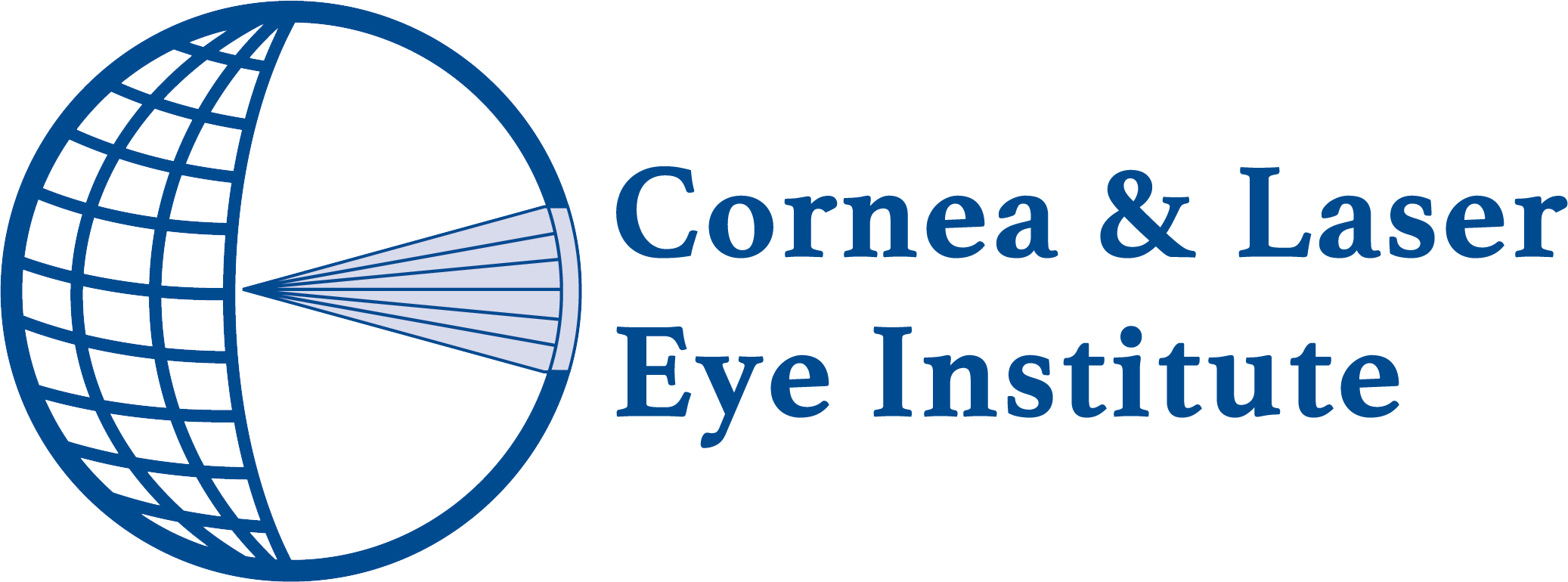Understanding Ocular Surface Disease and Dry Eye Disease

Ocular surface disease is not a single disease in and of itself, but rather a group of disorders that affect the surface tissues of your eyes. These diseases include dry eye disease, meibomian gland dysfunction, blepharitis, rosacea, allergies, scarring, chemical burns, thermal burns, and immunological conditions such as Mucous Membrane Pemphigoid and Sjogren’s Syndrome. The most common ocular surface disease is dry eye disease.
In dry eye disease, the tear film is dysfunctional and the cornea and ocular surface tissue is damaged from friction and inflammation. Tears are an extremely important part of eye, a healthy tear film provides constant moisture, nourishment and protection to the ocular surface. Tears also contributes to the quality of vision.
There are 2 main dysfunctions of the tears: insuffenst volume of tears called aqueous deficient dry eye disease and insufficient oil / lipid layer caused by meibomian gland dysfunction (MGD) called evaporative dry eye disease. Dry eye disease is a spectrum and typically involves both dysfunctions.
As ocular surface disease is complex, multifactorial, and usually chronic there is no such thing as a single treatment that works for everyone. At the Cornea and Laser Eye Institute, Dr. John D. Gelles, Dr. Steven A. Greenstein and Dr. David S. Chu, are specialized in corneal, ocular surface, immunologic and inflammatory ocular surface disease. All of CLEI’s doctors hold academic appointments at Rutgers New Jersey Medical School Department of Ophthalmology and Visual Science and are internationally recognized experts. Dr. Chu, Dr. Greenstein and Dr. Gelles may collaboratively care for you to best manage your condition. Treatment is tailor made to your specific condition(s) and may include any of the following treatments.
Diagnosing and Monitoring Ocular Surface Disease and Dry Eye Disease
Diagnosis can be made using several different methods, patient history being one of the most important as many conditions are correlated with ocular surface disease. Symptoms of disease may be thoroughly explored by questionnaires. Signs of disease can be observed during examination. Occasionally this will necessitate blood work to rule out or reveal systemic disease. Most ocular surface disease is chronic, requiring semi frequent monitoring.
Treatment of Ocular Surface Disease and Dry Eye Disease
Lifestyle Changes and External Factor Modification
Many external factors can impact dry eye disease and ocular surface disease. Simple preventative measures can aid in improvement of you condition. This includes can include changes to cosmetics, facial skin care products, medications, environment, anti-inflammatory diets, and stop smoking.
Topical and Systemic Treatments
Over the counter treatment: The first line of defense is the use of preservative free artificial tears, dietary supplementation with omega 3 fatty acids, and lid hygiene products.
Prescription medications: There are a variety of medications that may be indicated to reduce bacterial load, decrease inflammation, increase secretions, provide overnight ointment based lubrication, increase nerve density, reduce nerve activity or reduce demodex. In recalcitrant conditions, therapy with long term medications or stronger compounded medications may be necessary.
Biologic therapy: Topical biologic therapy involves the use of eye drops derived from biologic materials such as blood and amnion. The most common is autologous serum which is derived from the patient’s own blood. The purpose of these topical treatments is to provide growth factors to aid in healing the ocular surface. Infusion therapy is the use of immunomodulating medications to target systemic immune system disease, typically inflammatory disease.
In Office Procedures
There are several small non surgical procedures which can be performed in office to improve signs and symptoms of dry eye disease.
Punctal Occlusion: The puncta are small openings in the corner of the lids which allow for in tear drainage. Punctal occlusion is a simple procedure with the goal of slowing or stopping tear drainage by placing a dissolvable or semi-permanent plug in the puncta. This creates a relative increase in the volume of tears.
Intense Pulsed Light: Various forms of ocular surface disease will cause abnormal blood vessel growth at the lid margins. This is typically due to chronic inflammation and conditions such as ocular rosacea. Intense pulsed light (IPL) is a treatment aimed at reducing vascularization of the lids. During the treatment a broad spectrum of intense light is flashed on the lids and absorbed by the surface blood vessels. These vessels are then destroyed effectively reducing blood flow to inflamed lids. This treatment requires multiple sessions to be most effective.
Thermal Meibomian Gland Expression: This is a treatment for meibomian gland dysfunction and evaporative dry eye disease. Meibomian glands are small oil gland in the lid margins, responsible for producing oils to stabilize the tear film. When these glands are blocked or producing poor quality oil the tears evaporate quickly leading to ocular surface tissue breakdown. Thermal meibomian gland expression uses a heat source directed at the lids to warm the meibomian glands and soften blockages followed by gland expression to remove the blockages. This treatment requires multiple sessions to be most effective.
Therapeutic Soft Contact Lens
Therapeutic Soft Lenses (Bandage Soft Lenses): These soft lenses are approved for extended wear and have a therapeutic indication. They protect the ocular surface allowing the cornea to heal under the lens. Certain conditions will require more customized soft lenses with variable size and shape. The use of a topical antibiotic is indicated for prevention of infection while the cornea heals. Bandage contact lenses can also be used as a retention system for dehydrated amniotic membranes. For chronic conditions such as bullous keratopathy or recurrent corneal erosions, extended wear is an excellent option. For patients who are unable to apply or remove lenses, in-office lens replacement can be performed with monthly follow-up evaluation.
PROSE Treatment
PROSE Treatment: PROSE stands for Prosthetic Replacement of the Ocular Surface Ecosystem. Prose treatment is a custom medical treatment that involves the use of a PROSE device to heal the ocular surface and protect future tissue breakdown. PROSE treatment provides ocular surface protection and continuous lubrication under the PROSE device. This replacement of the ocular surface ecosystem allows the tissue to heal and provides pain relief. This is a well established treatment and the PROSE Clinic at CLEI, is the only center in New Jersey to provide this care.
Surgical Procedures
Surgical Procedures: These are generally the last resort when severe ocular surface disease is not responding to other therapies. These procedures are generally aimed at protecting the ocular surface by surgically covering the eye with biologic tissue, stem cell transplantation, closing the eye, or nerve re-innervation. In end stage disease, with scar induced blindness, Dr. Chu or Dr. Greenstein may perform a cornea transplant or use artificial cornea, known as Boston keratoprosthesis or K-pro, to resort sight.



